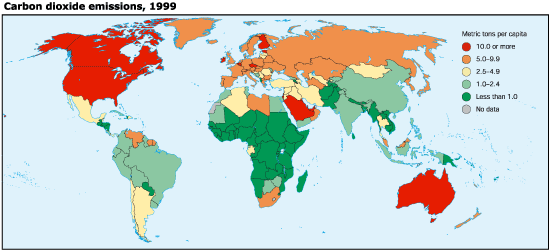BY CHRIS MARCIONE
With the environmental Renaissance in its infancy, many companies whose once-profitable goods have been delegated to the dustbin of technology are turning their sights to the environmental sector. One of those companies is Barthelmes Manufacturing Company, which specializes in sheet-metal fabrication. They are innovating and expanding into making edible walls: metal panels filled with soil that hang vertically from the side of a building and provide a means to grow fruits and vegetables. Growing vegetation on buildings is not a new idea; people have been doing it since the Middle Ages. But with the growing interest in the environmental health of our planet, there has been an increase in demand for developing systems that can grow vegetation on buildings in cities. That is were edible walls come in. The metal panels, filled with soil and seeds, would shade buildings, grow fruits and vegetables, and decrease greenhouse gas emissions by providing local produce, thereby reducing the need for trucking it in to the cities. The hope is that grocery stores and schools will use this product to develop their own gardens in areas where there isn’t a lot of space. A product and concept like this could transform the urban landscape, covering buildings with vegetation and food and creating a cooling mechanism that would decrease the use of energy. The sky is the limit with environmental ideas and mechanisms that will reduce our impact on the world.
Works Cited:
New York Times, Business of Green: The Rooftop Garden Climbs Down a Wall
Friday, February 5, 2010
Subscribe to:
Post Comments (Atom)

This seems like a very effective way to decrease overall energy consumption by any nation. Less energy needed to cool homes in the summer, more insulation so less energy needed to heat homes in the winter, while simultaneously providing fresh produce within arm's reach.
ReplyDeleteI like the idea of growing your own food wherever you are. I read the article and the price tag on these walls is pretty high if you consider what you're really getting out of them, $500 for a wall of herbs? The article didn't say what happens in the Winter so I'm curious if the plants are effective in warming your house. I think this idea will take off eventually though. There are some cities that have brought the farm to the city. Denver has a program called Denver Urban Gardens that works with communities by growing gardens in abandoned lots. Another cool program is called Health Barn USA. It's a program that teaches kids about nutrition and farming there own food. It costs a lot of money considering it's a week long program but the concept is pretty cool. The links are below:
ReplyDelete-http://www.healthbarnusa.com/Content/EnrollToday/Default.aspx
-http://www.dug.org/about_dug.asp
That is a really cool idea. Not only would green house gas emissions be reduced by eliminating the need for transportation, plants themselves take up carbon dioxide from the atmosphere. Living in large, urban places one often gets alienated from the environment and sees produce from a purely human perspective. Bringing agriculture into the cities would not just benefit the environment, but also remind the public where there food comes from and to respect that process.
ReplyDeleteInnovative ideas such as this provide great promise in moving toward a sustainable future. The limiting reagent on the majority of such ideas seems to be economic viability. If these ideas can be shown to be economically viable, even profitable, then a number of small solutions such as this could have a considerable impact.
ReplyDeleteThis reminds me of something I saw on TV once about vertical farms that would allow agriculture to take place in urban centers. They looked like big parking garages. I wish I could remember now what they said problems for implementation were, I think resistance from traditional agriculture industry was one but can't be sure. Here's a link I found that has some information about them.
ReplyDeletehttp://www.verticalfarm.com/
Cutting greenhouse emissions is good. Plants are good good because you can eat them. Cool buildings are good because people like to feel comfortable. I like gardens.
ReplyDelete